Click question to expand

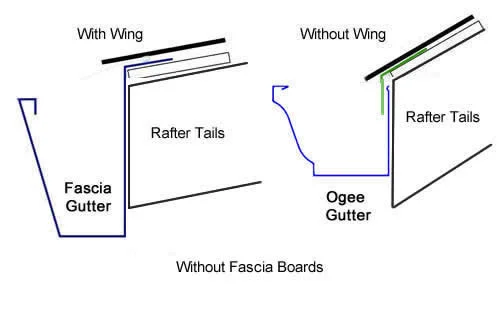
OGee Gutters and Half Round gutters are only 3-1/2 inches deep which exposes the ends of the rafter tails, which can then lead to dry-rot. These gutters should only be installed over fascia boards. Fascia Gutters can be installed with or without fascia boards.

Since this gutter is not even flashed, water is entering the house closed sofit during every rain. Even if this gutter was flashed it does not provide protection if the gutter was to become clogged. As the flashing is not sealed to the gutter. Having a gutter with a wing prevents any water from gaining access behind the gutter.
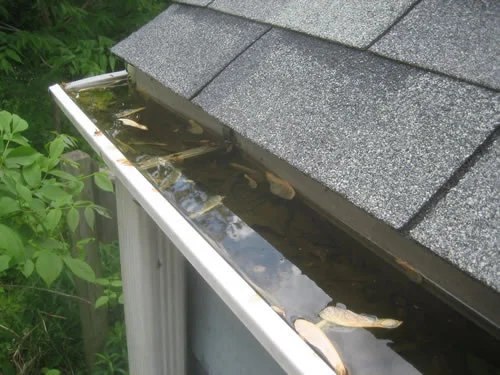
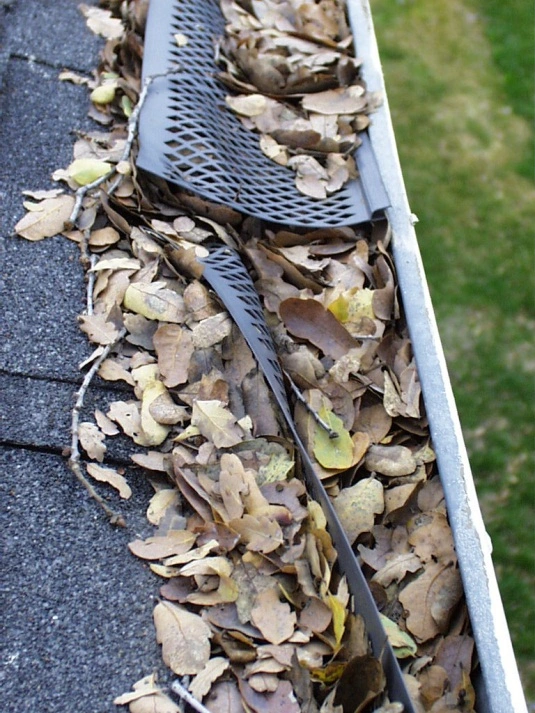
Action Rain Gutters uses a 2 x 3 punch which punches a hole in the bottom of the gutter thats the same size as the downspout. This allows more water and larger debris to pass through from the gutter to the downspout. When installing gutters without a wing, the gutter must be flashed with edge metal to protect the edge of the roof sheathing and keep water from splashing over the backside. Although this is not a water tight seal. If gutters without a wing fill with water, odds are water will be coming down the back of the gutter even if it is flashed. The only way to prevent this is by installing gutters with a wing.


Those who insist all gutters must be sloped for drainage, obviously have never worked with or installed Fascia Gutters. Back east most have never heard of a gutter with a wing. Although, this wing plays an important roll with the gutters function and rigidity. Not only does it prevent water from getting behind the gutter, this wing also helps keep the gutter attached to the house when under heavy water loads. Ogee gutters tend to pull away from the house over time due to lack of support, which is the whole purpose of adding a slope to this style of gutter.
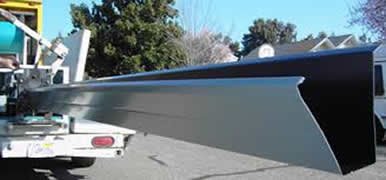
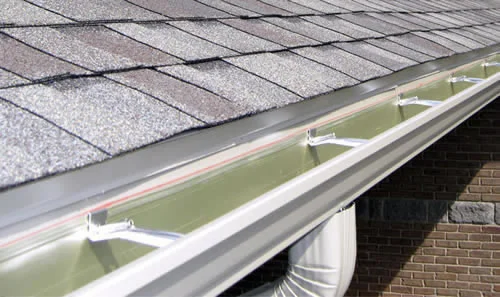
When using a larger Fascia Gutter which can hold twice the amount of water as an Ogee Gutter, the importance of gutter sloping is more overrated. Finding that midway point between function and appeal should be the installers main concern.
